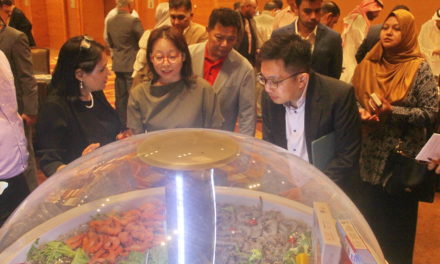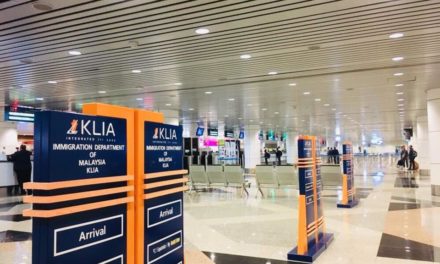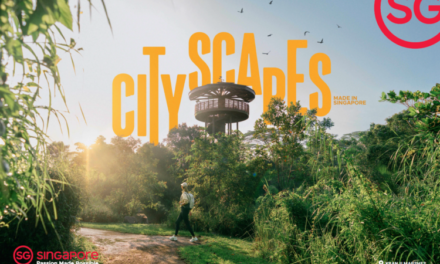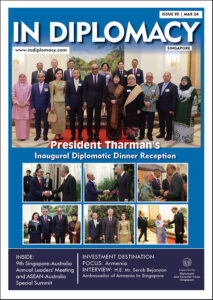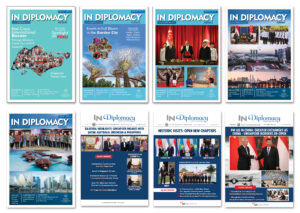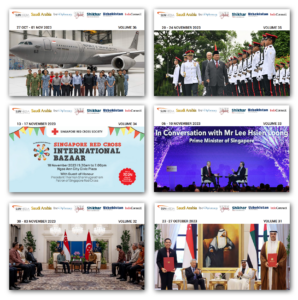Singapore and Bangladesh have maintained a close and mutually beneficial relationship for over 50 years. Bilateral relations have grown stronger in Government, Business and People-to-People ties

Singapore and Bangladesh established diplomatic relations in 1972, shortly after Bangladesh’s independence. Since then, the two countries have maintained close and friendly ties, with high-level visits from both sides. In 2015, Singapore’s Prime Minister, Lee Hsien Loong, visited Bangladesh to strengthen the bilateral ties and explore new areas of cooperation. In 2019, Bangladesh’s Prime Minister Sheikh Hasina reciprocated by paying a 2-day visit to Singapore. The two countries have also signed several agreements, including the Avoidance of Double Taxation Agreement (DTA) and the Bilateral Investment Treaty (BIT), to facilitate trade and investment. Last year, they inked a Memorandum of Cooperation on Trade and Investment envisaging a future free trade agreement. Both countries celebrated 50 years of establishing diplomatic relation through yearlong celebrations in 2022. MoC on Economic Cooperation Singapore’s Minister-in-Charge of Trade Relations, S Iswaran signed a Memorandum of Cooperation (MoC) on Trade and Investment (MCTI) with Bangladesh Minister of Commerce, Tipu Munshi. The MCTI outlines plans to establish a senior officials bilateral working group to identify initiatives to increase trade and investment flows in areas such as renewable energy, logistics, trade facilitation, and standards. Iswaran noted that the MCTI is a significant milestone in economic cooperation between Singapore and Bangladesh, and will help Singapore companies diversify their markets by tapping into Bangladesh’s fast-growing economy, which is expected to be among the 30 largest economies in the world by 2030. The visit was complemented by a business mission jointly organized by Enterprise Singapore and the Singapore Business Federation. Bilateral Visits High-level visits have taken place between Singapore and Bangladesh to strengthen bilateral ties. They included:
- In 2015, Singapore’s Prime Minister Lee Hsien Loong visited Bangladesh to explore new areas of cooperation.
- In 2017, the two countries signed agreements to boost cooperation in trade, investment, and tourism.
- In 2019, Bangladesh’s Prime Minister Sheikh Hasina visited Singapore to enhance cooperation in trade, investment, and education.
- In 2022, Bangladesh’s Foreign Minister Dr. A.K. Abdul Momen visited Singapore in April and held bilateral meetings with his counterpart Foreign Minister Dr. Vivian Balakrishnan. He also paid a courtesy call to the Hon’ble President of Singapore. Later that year, Singapore’s Ministerin- Charge of Trade Relations S Iswaran visited Bangladesh from 15 to 17 November 2022 to sign the MCTI.
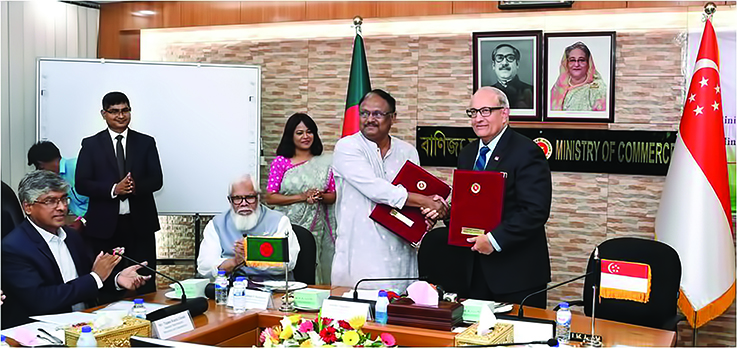
Trade and Investment There have been several Memorandums of Understanding (MoUs) signed between Bangladesh and Singapore over the years. These MoUs cover a range of areas including trade, investment, education, and defense. Here are some examples:
- In 2007, the Bangladesh Investment Development Authority (BIDA) signed an MoU with the Singapore Economic Development Board (EDB) to promote investment and trade between the two countries.
- In 2016, the Bangladesh Bank and the Monetary Authority of Singapore signed an MoU to enhance cooperation in the area of financial services.
- In 2018, the Bangladesh Navy and the Republic of Singapore Navy signed an MoU to enhance maritime security cooperation.
- In 2019, the National University of Singapore (NUS) signed an MoU with the University of Dhaka to promote academic and research cooperation.
- In 2022, Singapore’s Minister-in-Charge of Trade Relations, S Iswaran signed a Memorandum of Cooperation on Trade and Investment (MCTI) with Bangladesh Minister of Commerce, Tipu Munshi.
People-to-People Relations
The people of Singapore and Bangladesh share a deep connection, with a significant number of Bangladeshis living and working in Singapore. According to the Ministry of Manpower, as of June 2021, there were over 212,000 Bangladeshis living and working in Singapore. Many of them are employed in the construction industry, where they have contributed significantly to the building and infrastructure development of Singapore. In fact, the Bangladeshi community has played a critical role in the construction sector, which is a key pillar of Singapore’s economy. Besides construction, the Bangladeshi workforce has contributed significantly in Singapore’s marine and conservancy sectors. Bangladeshi workers are often employed in areas such as carpentry, painting, steel fixing, and other construction-related jobs. They have been praised for their hard work and dedication, often working long hours in tough conditions to complete projects on time. Their contribution to Singapore’s infrastructure development can be seen in the many landmark buildings, bridges, and roads across the city-state. In addition to their work in the construction industry, Bangladeshi nationals in Singapore are also employed in other sectors such as manufacturing, services, and hospitality. They have contributed to the growth and development of Singapore’s economy through their hard work, skills, and expertise. The Bangladeshi community has also been involved in various community initiatives and cultural events in Singapore, promoting cross-cultural understanding and appreciation.
Business-to-Business Relations
The economic ties between Singapore and Bangladesh have grown significantly over the years, with Singapore being one of the largest investors in Bangladesh. Singapore has invested in various sectors such as energy, infrastructure, and tourism, and the two countries have signed agreements to facilitate trade and investment. In 2019, the bilateral trade between Singapore and Bangladesh was valued at US$2.5 billion, with Singapore being Bangladesh’s second-largest trading partner. During the last fiscal year, the figure had reportedly touched the US$4 billion mark. Singaporean companies such as Keppel, Sembcorp, DBS, and Mapletree have invested in various projects in Bangladesh, including the Dhaka Mass Rapid Transit System and the Payra Sea Port. In addition, Singaporean companies have also invested in the ICT sector in Bangladesh, with companies such as Garena setting up operations in the country. Renowned Bangladeshi companies such as Pran-RFL and the Summit Group have already been able to print their footsteps in Singapore. Bangladeshi RMG owners are eyeing the tiny island country to utilize its strategic position to make further penetration in the global and regional markets with their quality products. The wide spectrum of bilateral engagements that have taken place augurs well for a close and collaborative future between both nations built on friendship as well as mutual interests and benefits.
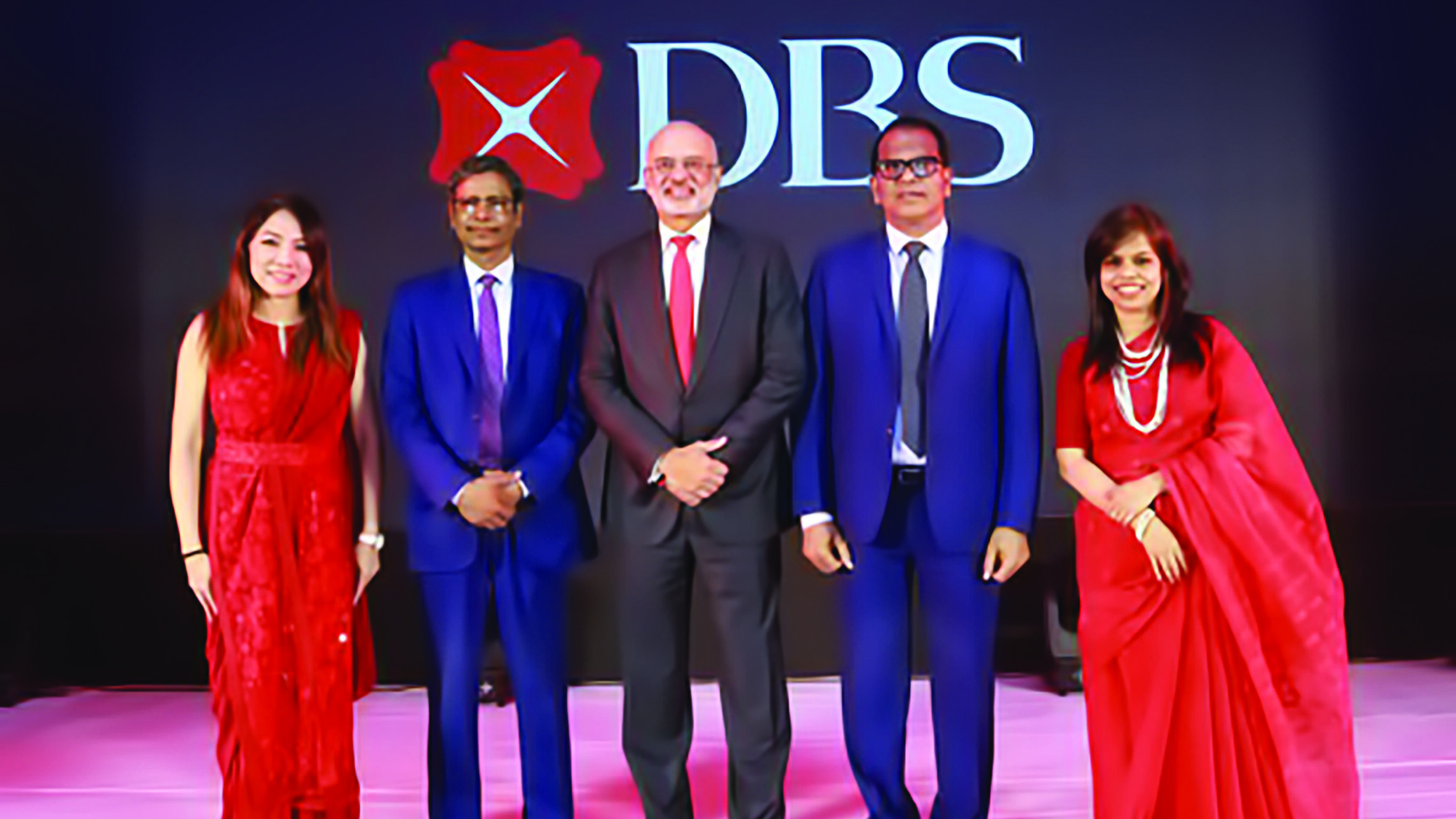
Dhaka Representative Office
DBS, Southeast Asia’s largest bank, has established a presence in Bangladesh as part of the country’s efforts to expand external trade and accelerate inflows of foreign investment and remittance. Bangladesh’s economy is supported by a young population, increasing labour force participation, and a growing middle class. DBS CEO, Piyush Gupta, believes Bangladesh’s proximity to India and China puts it in a good position to receive sustained trade and investment inflows from these rising regional giants. Sectors such as telecommunications, gas and petroleum, power, textiles and apparels present attractive business opportunities.
Source – The Article appeared in Sun Media Magazine
” Why Bangladesh “
To Request PDF – Click ( https://sunmediaonline.com/magazine/bangladesh/bangladesh23.pdf )

